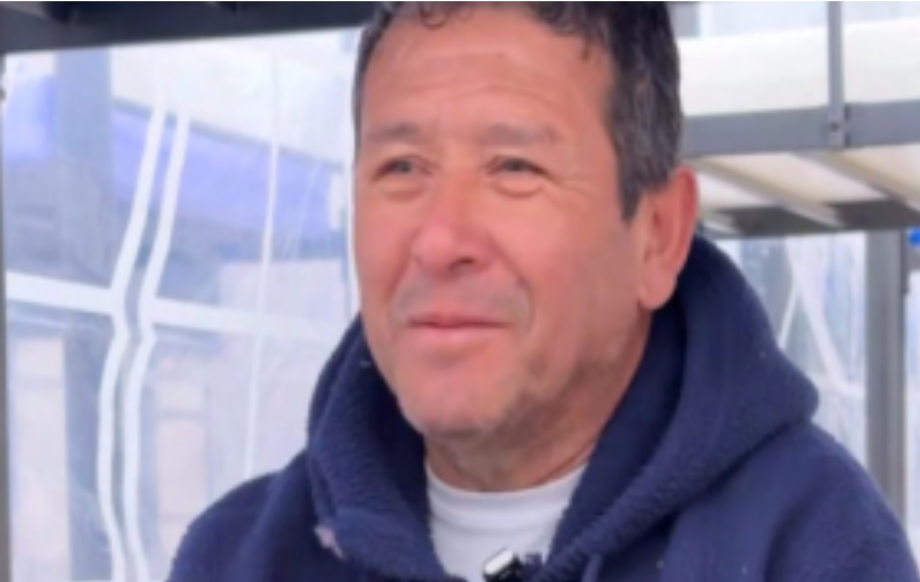New Policies of Prohibition and Expulsion
By Robert McKee Irwin
Problem
The second presidential administration of Donald Trump (2025-28) has launched a series of actions to both facilitate the removal of large numbers of the millions of noncitizen immigrants currently residing in the country, and prevent unauthorized migrants and asylum seekers from entering the country. While some actions being taken have been challenged in court, others are clearly legal. Nonetheless, many of these policies can harm vulnerable immigrants in ways that raise humanitarian concerns.
Observation
The Trump administration has pledged to step up enforcement of existing laws in order to carry out
“as many as one million deportations per year,” which would set new records. It also declared a “national emergency at the southern border,” effectively shutting down new unauthorized arrivals, including asylum seekers, many of whom may be fleeing perilous circumstances and have valid cases to claim protection. These new stringent policies, summarized in a July, 2025 Department of Homeland Security press release, had immediate effects on both immigrants residing in the US and those waiting in Mexico to enter legally to apply for asylum. One of the first affected by the Trump administration’s crackdown was Manuel Ramos Curiel, who had been living in the US since 2001 and, as a small business owner, had a work permit that was valid through November 2029. He was also in the process of applying for residency through his marriage.

However, he was having conflicts with his wife, who hid a letter from him, which caused him to miss a date in immigration court. He was detained by ICE on January 14, undoubtedly for not showing up in court. ICE put him into deportation proceedings, which he wished to appeal – certainly his valid work permit gave him reason to believe that he would win his case. However, ICE agents demanded that he sign a voluntary removal form. And he explains in the second part of his digital story “The Cowardice of the Anglos” that when he refused: “they grab me, they grab my hand and forced me to give a fingerprint”, which they used to authorize his immediate deportation, which he believed to be a violation of due process.
Another person deported under the new regime is Jesús García, a Viet Nam army veteran, who believed that his four years of military service during the war had earned him US citizenship.

he was staying in Tijuana following his
deportation
Jesús, a US permanent resident who had migrated to the US at age two and now requires a wheelchair for mobility, recalls in his story “I Don’t Want to Be Left Behind” that “during Viet Nam, they were picking up left and right Mexican people [...] and they tell you you become a citizen and everything. And then at the end you’re not and look where I’m at now.”
In parallel, opportunities for asylum seekers seem to have completely evaporated. Khudiakov Artyom Alekseevich was born in Ukraine, but was living in Russia as a naturalized citizen when the war broke out between the two countries. He became a war dissident and was subsequently detained and tortured by Russian authorities. He managed to escape to Mexico via Cuba, applying in Tijuana for admission to the US via the CBPOne app beginning in May of 2024. His family hoped to apply for asylum, but after eight months of waiting for an appointment, CBPOne was shut down. Now, he states in his digital story “A Russian Refugee Stuck at the Mexican Border”: “We don’t know what to do. Being in Mexico, we are concerned for our life and health,” especially after hearing stories of Russians getting kidnapped by drug cartels or robbed by the police.
While the majority of asylum seekers whose journeys to the US have been truncated in Mexico due to the border closure are Spanish speaking, those coming from other continents often are not. Tata Alfred, a migrant from Cameroon (“From Cameroon to Tijuana”), who crossed through ten countries just to reach Mexico, expresses his worries: “The language barrier is a problem; [...] to get a job, I will need a language.” Migrants from distant countries, though they might be eligible for asylum in Mexico, will find it especially difficult in Mexico to establish a new life there.

A more typical, but no less difficult case, is that of a Venezuelan migrant named Elaine, who fled the country’s “dictatorship” with her four children, following a complicated land route through the treacherous Darien Gap, where she lost track of her two sons for several days while crossing a swiftly rising river (luckily she found them again after a few days). The road was long, and she had to stop often along the way, selling cigarettes or candy to raise money for food and transport; sometimes this meant “days and nights of walking with the children.” Upon reaching Mexico City, they waited to get a CBPOne appointment, and when it finally came through they headed to the Tijuana border only to learn that all appointments had been cancelled (her video is titled “Cancelled CBP appointment”). She now wonders if her best option will be to somehow return to Venezuela. Hopefully hardening immigration policies will not result in routine violations of due process or other injustices, and mechanisms will be put in place to protect migrants, especially the most vulnerable ones, such as children, from dangers at the border, or in their countries of origin should they have to return.
View and download this Migrant Narrative
